
ZenLife Blog

Blue Pancake
Ummon said, "The world is vast and wide. Why do you put on your robe at the sound of the bell?"

Mindfulness: Clarity vs. Certainty
I told my friend that direct experience is what Living a Zen Inspired Life simply is. Embodied. Direct. On the ground. Domestic. He wanted an example of being Zen and I told him: wash a plate. Is it that simple? Yes.
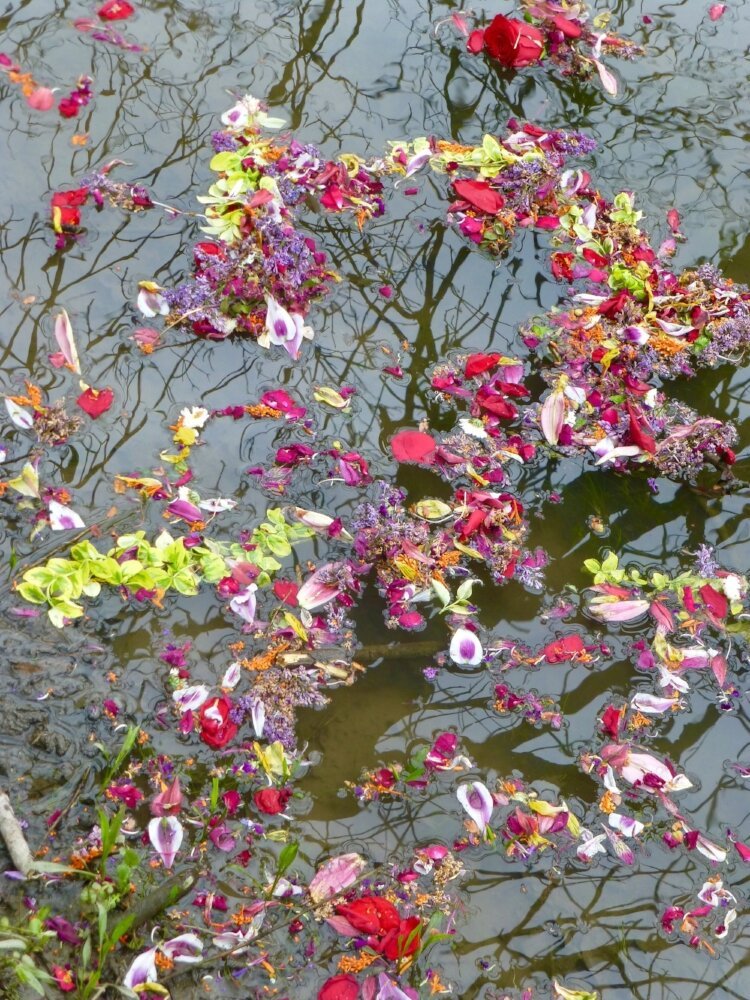
Mindfulness and the Gap
Mindfulness, our practice of meditation, helps us learn to stop, pause, breathe, and pay attention. We learn to swim in the gap. Bask in it if we like palm trees and warm waters,

Mindfulness: Ephemeral Art
I place one flower in the center of the given space - yard, floor, table - and make concentric circles until I have used up my materials. Two feet to twelve feet in diameter for various kinds of celebrations and rites of passage: an eightieth birthday, a wedding, a passing, a remembrance. After I sit with the completed piece, I sweep up the component parts, put them in a woven bag, and release it all into a nearby river, ocean, lake or pond.

Mindfulness: Facing Fear
Some decisions are met with a turn-on-a-dime reflex - our brain stems takes care of that. Others require clear communication as well as thoughtful and skillful means to best sort through possible outcomes.
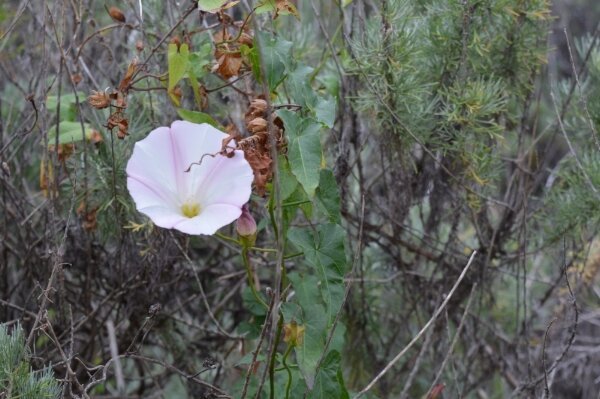

Wildflowers Grow Everywhere
Amy mentioned in her talk why she named her zen community Wildflower Zen Sangha. She said that wildflowers grow everywhere - in cracks of cement, in rocks, on mountainsides - everywhere. Theyʻre all different according to their particular environment. She also said , “Our nature, is also wild in the sense that we are not limited by what we think we are. We can free ourselves of these identifications - we can be free. we can be anything…”

My Journey Toward Writing The Arte of Now: Practice of Immediacy in the Art by Nicolee McMahon
My journey toward writing the Arte of Now: Practice of Immediacy in the Arts ® is a weaving of Zen, shamanic training, art, and not knowing. To best exemplify how a few of these threads weave together is when I got lost while camping in the desert with my family several years ago.

Seeking Refuge
I drove down Lake Street in our worn, twelve-year old mini-van. Hot fury heaved in my chest and shoulders and transformed into a high-pitched scream that poured out of my throat for two whole blocks. I screamed until I had no more energy. I screamed until my voice was hoarse. Had I been a superhero, Wonder Woman say, the scream would have been a siren shattering every van window. But I was just a regular woman, terrified and furious and grieving, trying not to speed or do something reckless as I drove.
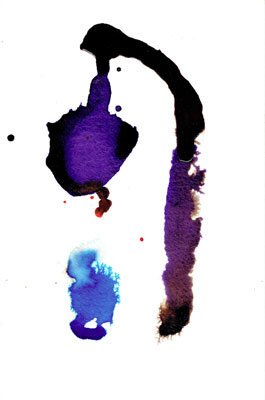
Cracked Bell
I'm turing 68 in a few days, and I'm afraid my body is also falling short of the mark. It's so easy to gain weight, and a nerve in my neck and right arm get's easily inflamed making it difficult for me to sit meditation at all.

Normalize Discomfort
So when things arise in your practice and your meditation that disturb you, you may easily get discouraged. This isn't what you signed on for. So I want to suggest that you normalize discomfort; that you proceed by allowing and acknowledging that suffering is part of your life and to walk on a spiritual path means to engage and transform this suffering, but not to avoid it.

Symmathesy: A Word in Progress
Symmathesy (Noun): An entity composed by contextual mutual learning through interaction. This process of interaction and mutual learning takes place in living entities at larger or smaller scales of symmathesy.

10 Tips for Reducing Stress in the Workplace
1. Be Proactive If you procrastinate and put off things that are pressing on you, they weigh on you and effect every thing else you do. Learn to recognize when something is pressing on you and remove the pressure by addressing it now.

Finding Your Way Home
This is not a time for certainty. That effort will not serve you well. The ground beneath us will continue to shift and slide. And the question facing me, facing you, is will we be able to turn on a dime when we need to. Otherwise, we may lose our way, holding too tightly to something which no longer guides and shows us the path forward. The path is where you are standing. But don't assume it will be straight. The chaos will not let up so get used to falling off the path, getting back on it, and finding your way home.
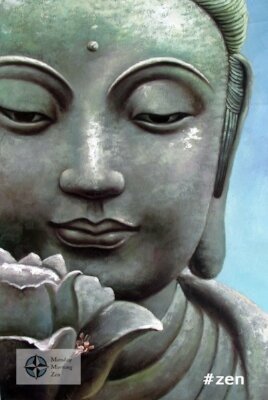
Give No Fear
You have to be very honest with yourself. You have to be willing to really look at your own confusion. Meditation can help you be with your fear. Meditation helps you be in sync with your body, mind and heart. This grounded, embodied awareness shines a light on the dark corners of fear.

Beyond Hope and Fear
So let go of hope and fear. Do you really need either to live your life? Do you need either one to fix your breakfast in the morning? Perhaps it would be helpful to reduce your life down to small steps. Pay attention to what is happening in front of you.

Staying Connected in the Midst of Conflict
I think that most of us are afraid of conflict because we donʻt know how to work with it wisely. Perhaps, weʻve had unpleasant experiences that have left us confused and irritated. But there are better methods to work with conflict. One of these is outlined in Marshall Rosenbergʻs book. He suggests a language of love in which giving and receiving compassionately is our only motive. Such a language encompasses deep love - respect and empathy for yourself and the other.

Complexity and the Pattern that Connects
Complexity, like the mandala principle, is about totality, a self-organizing principle without any reference point. It includes samsara and nirvana, chaos and order, death and life, confusion and clarity. Conflict arises when you fixate on a particular point of view and abstract it from the larger ecology where it lives and breathes. T
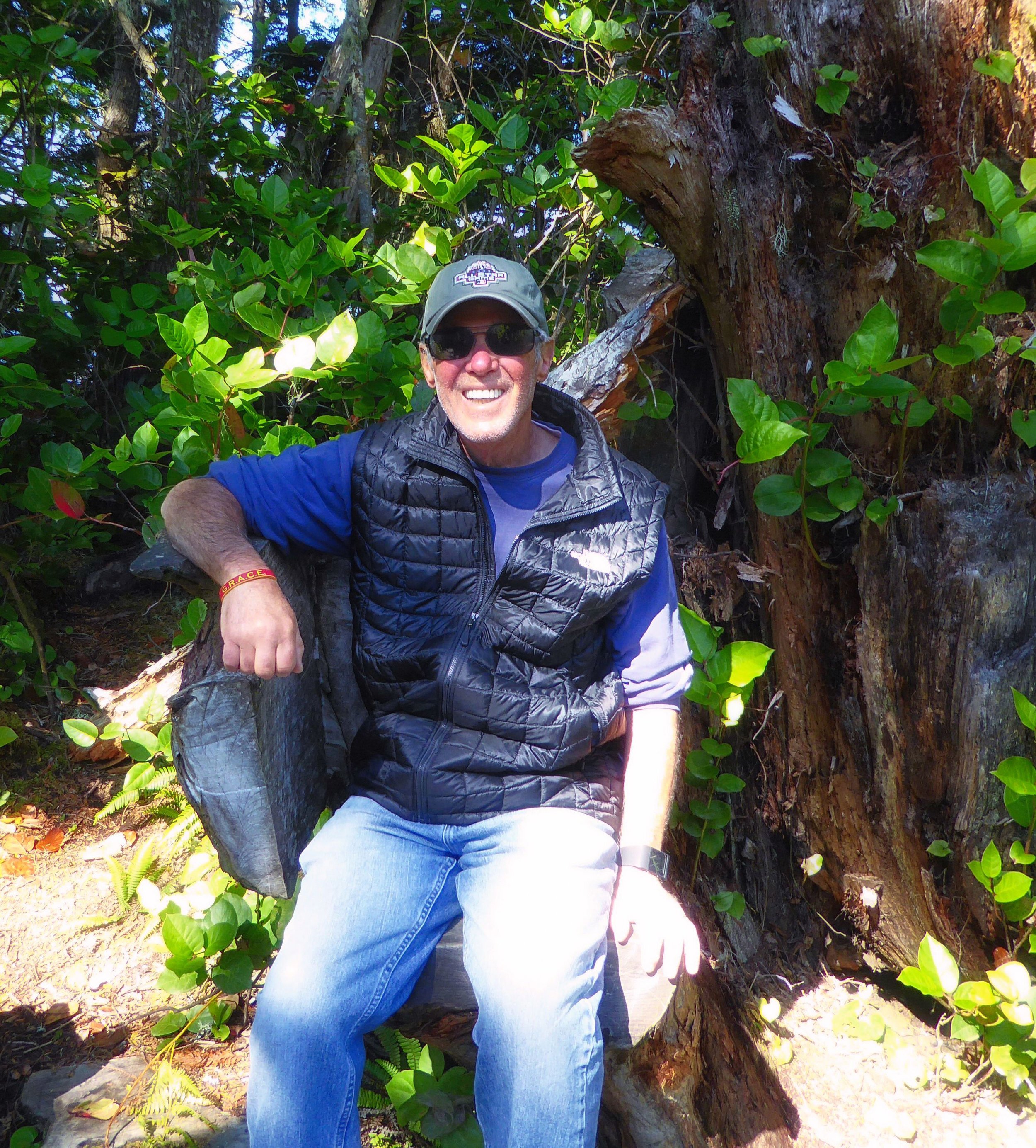
Thinking Beyond Words
I think it is useful to maintain this perspective of a less-than ideal Buddha. A person who struggled with finding the right way to live, with right actions and right speech. Having this vantage-point fosters an understanding that anyone can enter the Bodhisattva path. Pema Khandro has noted that “Wherever you find yourself, that’s the starting point of the Bodhisattva path — all we need to do is to take that first step.

Habit is Not Destiny
It turns out that neuroscientists have identified three things that make up a habit. Habits are not destiny. Once you understand the habit loop, you can have greater insight into how your brain lets go of intention and choice and moves into a less effortful, automatic mode of behaving.

